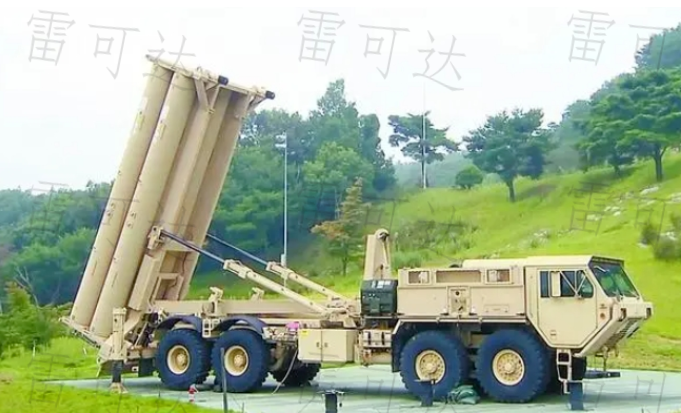With the rapid advancement of drone technology, its applications in military and civilian fields have become increasingly widespread. However, drones also pose significant security risks, particularly in battlefield environments, where they can carry ammunition to conduct precise strikes against ground targets, presenting a major threat. In response, many countries around the world are actively developing counter-drone systems to address this emerging challenge, enabling effective identification, tracking, and elimination of drone threats.
Counter-drone systems have garnered widespread attention due to their exceptional defensive capabilities, with significant differences in technical principles among various systems. Currently, mainstream technologies include electro-optical detection and acoustic detection, both of which utilize different types of sensors and algorithms to achieve precise countermeasures against drones.
Electro-Optical Detection Technology
Electro-optical-based counter-drone systems employ visible light or infrared sensors, combined with multiple fixed cameras and intelligent analysis software, to achieve automatic identification and continuous tracking of drones. For example, the C-UAS counter-drone system developed in Estonia integrates radar, radio frequency detectors, and jamming equipment, enabling efficient detection and countermeasures against drones and cruise missiles entering the defensive airspace, demonstrating robust defensive capabilities through multi-sensor fusion.
Acoustic Detection Technology
Acoustic detection systems utilize highly sensitive microphone arrays and audio analysis technology to capture the noise signatures of drone propellers and engines. By comparing these signatures in real-time with an acoustic database, the system can determine the type and real-time location of the drone. The widely deployed “Sky Sentinel” system in Europe is one such example, capable of tracking various targets in real-time, including micro multi-rotor drones, large fixed-wing drones, and even helicopters.
The system typically consists of a multi-mission sensor array, an acoustic mainframe, a weather station, and a satellite navigation receiver. It not only identifies the drone’s方位 and flight direction but also adaptively adjusts the detection range based on environmental noise, wind speed, and wind direction, outputting detailed dynamic information about the drone.
Disclaimer: This content is compiled from publicly available information and is intended for academic exchange purposes only, with no stance or bias. If there are any issues regarding copyright or content, please contact us for removal.
Further Reading
Below are recommended readings for further insights into counter-drone technology and systems:
U.S. Department of Defense: Provides authoritative updates on military technology developments and research reports on counter-drone systems
https://www.defense.gov/News/News-Stories/Jane’s Defence Weekly: A globally renowned defense information platform covering technical analysis and market trends of counter-drone systems
https://www.janes.com/defence-newsDroneLife: A media website focused on news, policies, and application cases related to drones and counter-drone industries
https://dronelife.com/
